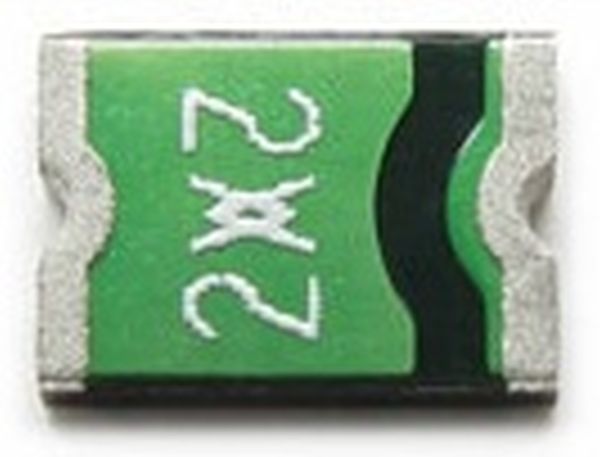Polyswitch-es provide a big service at protection of devices, where they behave like „resettable“ fuses. How many times it is suitable or necessary to use a fuse in a device, but a relatively bulky fuse socket simply doesn´t have a space in our device (or it would spoil a device design) and we also don´t want to use a PCB fuse holder, because a device would have to be constructed as user accessible… Then and not only then, is the ideal solution to use a Polyswitch. Such „fuses“ are available from various producers (for example also under names Polyfuse, Multifuse), Polyswitch is a trade name of company TE Connectivity/ Raychem, representing a top level in this segment.
in a principle, a Polyswitch is a PTC resistor with a Polymeric structure designed for a big change of resistance in a narrow temperature range. Conductive particles are dissipated in an amorphous polumer, which changes its structure at a higher temperature (melts), increases its volume resulting in a rapid increasing of a component resistance. In this point (tripping point) a very rapid increasing of resistance appears, which is high enough, so that a leakage current is practically negligible and won´t cause a damage to a protected circuit. Each Polyswitch has a defined holding current (I hold), nominal resistance at a given temperature and tripping (switch off) current (I trip). By a current flowing through a Polyswitch, it gets calorified (I2R), until a certain current it will reach a level, where a rapid increasing of its resistance appears. An exact current at which this change arises naturally depends also on an ambient temperature (at higher temperature a lower current is sufficient). This behavior is digestedly illustrated on an enclosed graph (Fig.4). In the A region, a Polyswitch is switched off (tripped) and a device is disconnected. In the region B the Polyswitch allows for normal operation (on) at any combination of a current and ambient temperature. In the region C can the component go tripped (off) so to say “anytime” depending on a concrete resistance value of a given piece.
For more detail: Polyswitch fuses miniSMD series will protect not only

